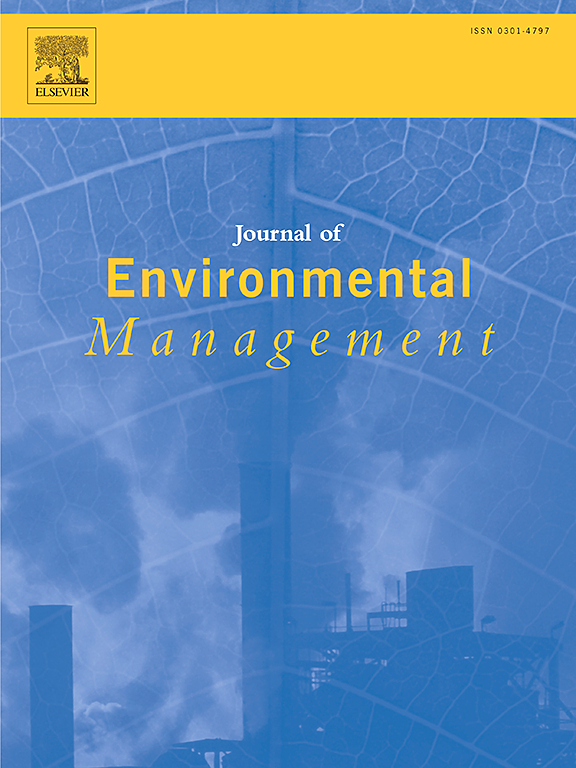Promotion mechanism of nanomaterials and modified/combined nanomaterials on photodegradation of organic pollutants: a review based on meta-analysis
IF 8
2区 环境科学与生态学
Q1 ENVIRONMENTAL SCIENCES
引用次数: 0
Abstract
An important method to degrade organic pollutants, such as dyes, drugs, toxic and persistent compounds is photodegradation. Innovative materials that are employed as catalysts in the photodegradation process are Nanomaterials (NMs). However, the high catalytic efficiency of single/traditional NMs (referred to as Simple NMs) often requires extreme reaction conditions, specific wavelengths of light, such as UV light, and auxiliary substances. This review finds that modified or combined NMs (called M/C NMs) can improve the photodegradation efficiency and maximum cycles of use of organic pollutants compared to Simple NMs through meta-analysis. Furthermore, this review also provides a comparison of Simple NMs and M/C NMs through meta-analysis to discuss their specific targets, effects of combinations or modifications, and the current challenges faced in the degradation of organic pollutants. This review highlights that M/C NMs can promote the absorption of organic pollutants and the excitation of photoelectrons due to improved band gaps, particle size, and structure, while requiring less stringent reaction conditions than Simple NMs. Even under visible light, M/C NMs can maintain higher degradation efficiency, achieving a 32.87 % reduction, compared to a 42.00 % reduction by Simple NMs. All NMs can achieve efficient photodegradation without the demand for an extreme pH environment or other common auxiliary substances, for example, H2O2. Therefore, NMs, especially M/C NMs, should be considered important catalysts and studied as potential research for the photodegradation of organic pollutants. Research on the prospects and sustainability of M/C NMs is presented based on the review results.

纳米材料及改性/复合纳米材料对有机污染物光降解的促进机制:基于meta分析的综述
降解染料、药物、有毒和持久性化合物等有机污染物的重要方法是光降解。在光降解过程中用作催化剂的创新材料是纳米材料(NMs)。然而,单一/传统NMs(简称Simple NMs)的高催化效率往往需要极端的反应条件、特定波长的光(如紫外光)和辅助物质。本文通过荟萃分析发现,与简单NMs相比,改性或组合NMs(简称M/C NMs)可以提高有机污染物的光降解效率和最大使用周期。此外,本文还通过荟萃分析对简单NMs和M/C NMs进行了比较,讨论了它们的具体靶点、组合或修饰的效果以及当前在有机污染物降解中面临的挑战。这篇综述强调了M/C NMs由于改善了带隙、粒径和结构,可以促进有机污染物的吸收和光电子的激发,而对反应条件的要求比简单NMs更宽松。即使在可见光下,M/C纳米管也能保持较高的降解效率,实现了32.87%的降低,而简单纳米管的降低率为42.00%。所有NMs都可以在不需要极端pH环境或其他常见辅助物质(如H2O2)的情况下实现有效的光降解。因此,NMs,特别是M/C NMs,应被视为光降解有机污染物的重要催化剂,并作为潜在的研究对象进行研究。在综述的基础上,对碳纳米管的发展前景和可持续性进行了展望。
本文章由计算机程序翻译,如有差异,请以英文原文为准。
求助全文
约1分钟内获得全文
求助全文
来源期刊

Journal of Environmental Management
环境科学-环境科学
CiteScore
13.70
自引率
5.70%
发文量
2477
审稿时长
84 days
期刊介绍:
The Journal of Environmental Management is a journal for the publication of peer reviewed, original research for all aspects of management and the managed use of the environment, both natural and man-made.Critical review articles are also welcome; submission of these is strongly encouraged.
 求助内容:
求助内容: 应助结果提醒方式:
应助结果提醒方式:


